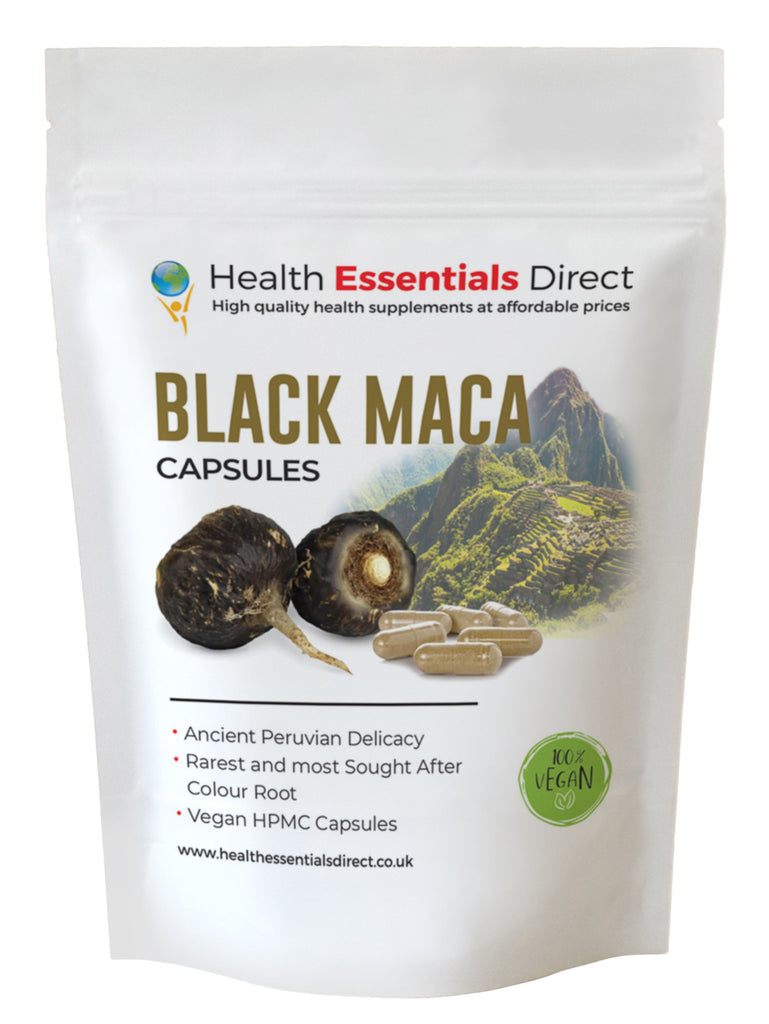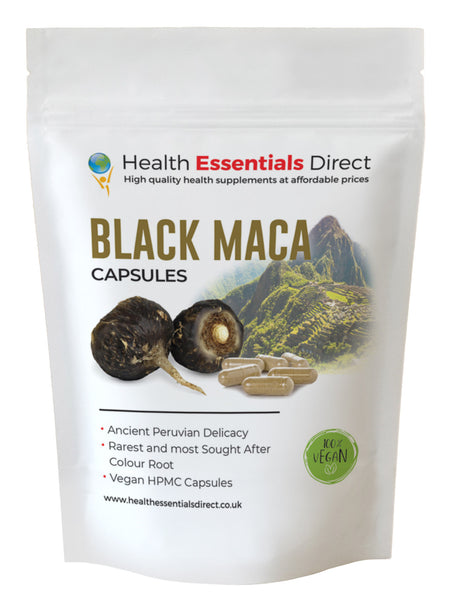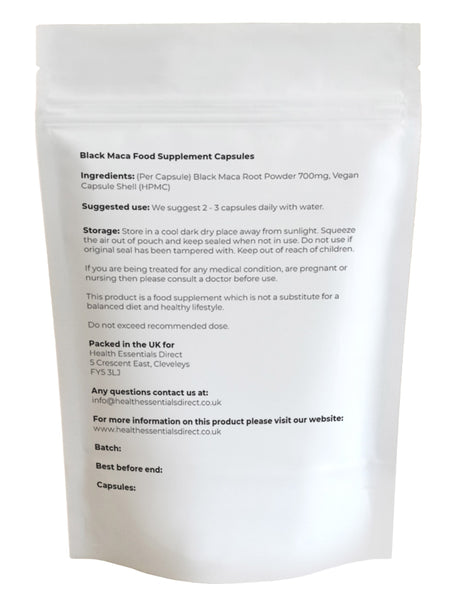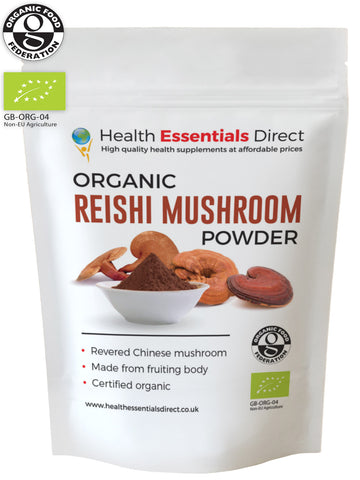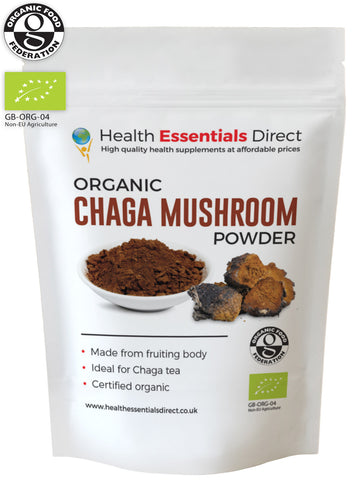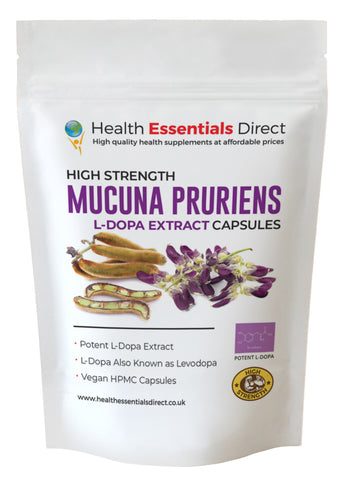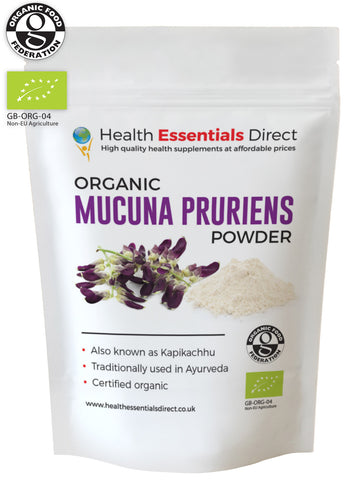Black Maca Capsules Strong 700mg (Peruvian Ginseng)
9Black Maca Capsules
-
Rarest and Most Sought After Colour of Maca Root
-
100% Black Maca, No Fillers
-
700mg HPMC Vegan Capsules
About Black Maca
The maca plant (Lepidium meyenii, Walpers) is native to the high Andes mountains and ranges in central Peru, South America. The plant also grows widely in Bolivia. The plant is also referred to as Peruvian maca, Peruvian ginseng, maino, maka, and maca maca, among others. The last word in the plant’s scientific name, ‘walpers’, hails from the name of renowned German botanist Gerhard Walpers. The plant was named so due to his immense impact in finding out about and classifying the plant in its appropriate taxonomical categories. The tuberous root is the most potent part of the plant.
The wild-growing maca plant thrives in altitudes of about 4,000-5,000m. It does well in harsh environments with intense sunlight, cold and steady winds. The fact that it can survive these adverse conditions makes it a favourite of many, to date. The powder obtained from the maca root has a mixture of a sweet and a bitter flavour. The black maca plant is relatively small in size and grows up to a height of 15 centimeters. Depending on various predisposing factors, the shape of the maca root may vary from globular, triangular, rectangular to ovate. The maca root grows in the form of folds. It is also covered with fine root hairs. Once the root is cut open, the inside is white in colour, with bits of purple to black patches. Once the maca root is dried in the sun and ground into powder, the powder obtained has a sweet yet bitter flavour.
Black maca root is native to the Andes Mountains in Peru. The earliest use of the black maca root can be traced back to Peruvian and Inca cultures. These natives used the root for different purposes more than 2000 years ago. Domestication of the maca root began in Junin, Central Peru. This is after the natives discovered the improvement in their livestock’s health after they fed on the potent root. This was especially with regard to boosting energy and fertility. The Spanish who had voyaged to Peru in the 14th century mentioned black maca quite a lot in different historical events. Upon learning of the properties of the plant, they explored it by first feeding it to their livestock, especially horses. Once they saw their livestock thriving on maca, demand for the precious root grew in Spain and the Spanish went on to ship it in huge quantities to their home country. They used the black maca root as tax payment to the kings. The root was also used as currency in the barter trade during the Incan times. Also, in the infamous Spanish conquest of America by Spanish conquistadors, the troops consumed maca powder quite often before they went into battle. Some narratives state that measures were put in place to lower the intake since most of them were operating on too much libido. To date, Peruvians from all walks of life consume black maca root up to 3 times a day. This includes the young, elderly, and those who engage in strenuous activities e.g. athletes.
- Please note it is against MHRA guidelines for us to talk about any potential health benefits for this supplement however a quick google search on the potential benefits and you may be surprised.
How to use: We suggest taking 2 - 3 capsules daily with water
Share this Product
- Reviews
- Questions
Let’s just say it works
Let’s just say it works…I’ll leave it at that
Always reliable
I take numerous supplements in both powder form in smoothies & capsule form. I always like to have some form of Maca in my daily intake. I recommend it
Cure for my digestion cramps
Really easy, and would buy again

